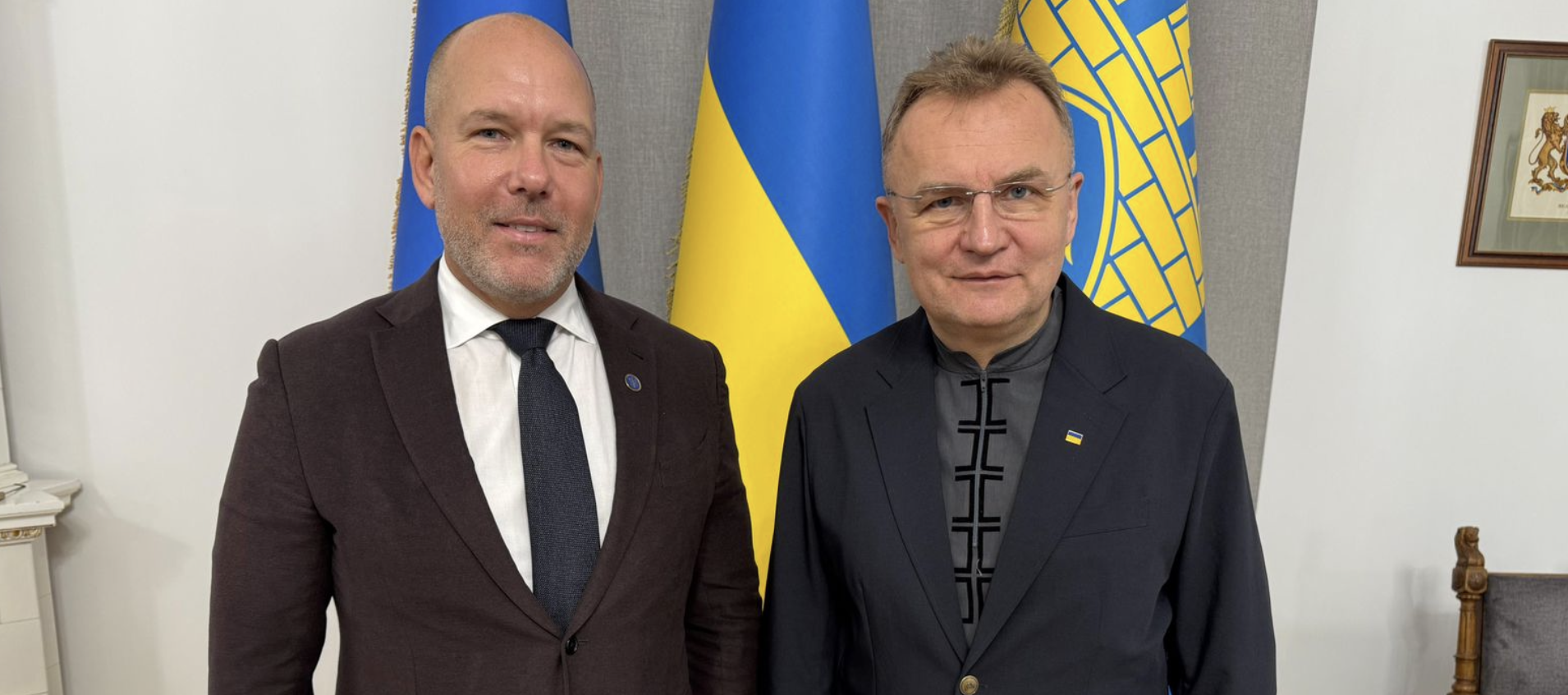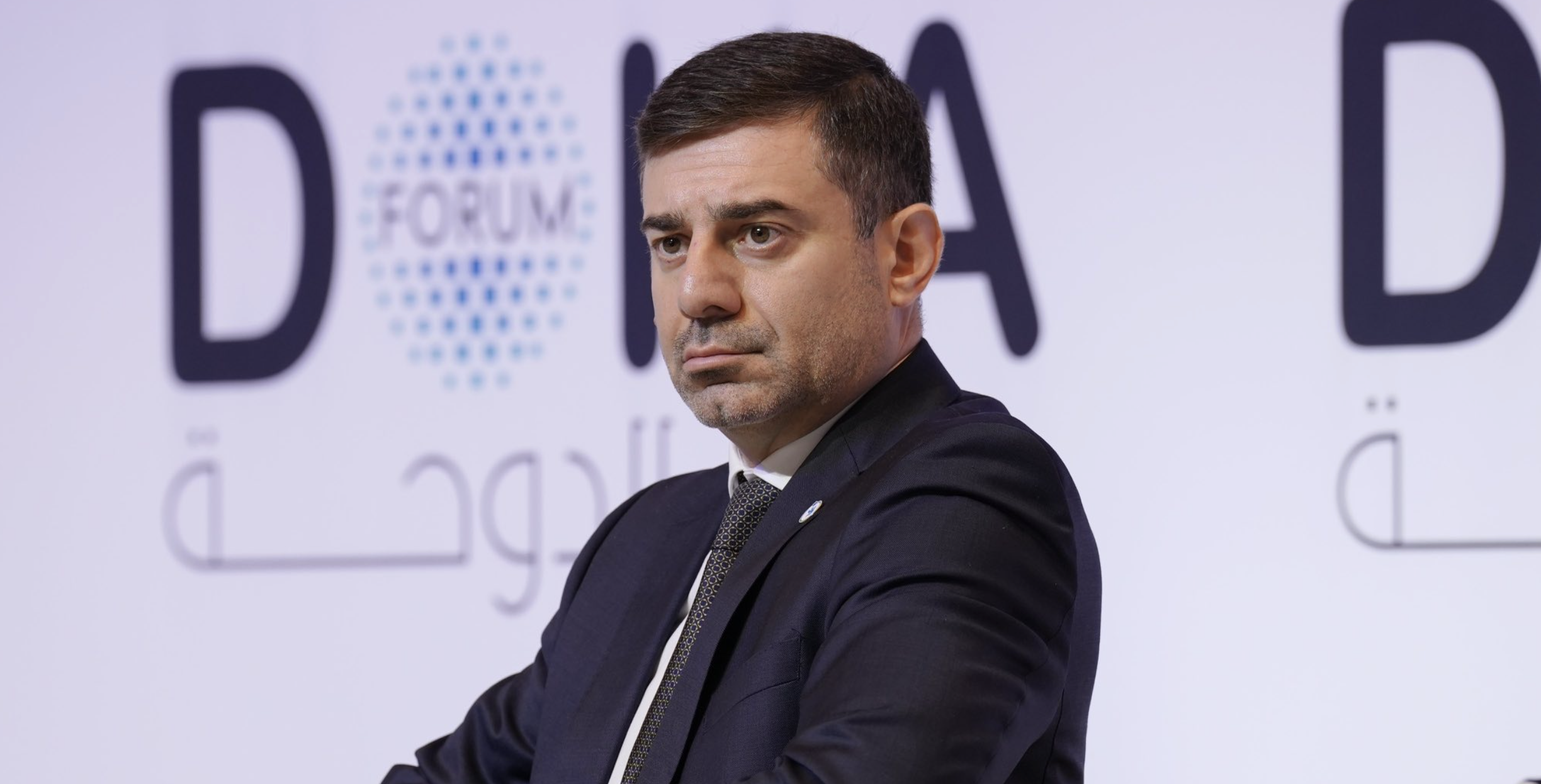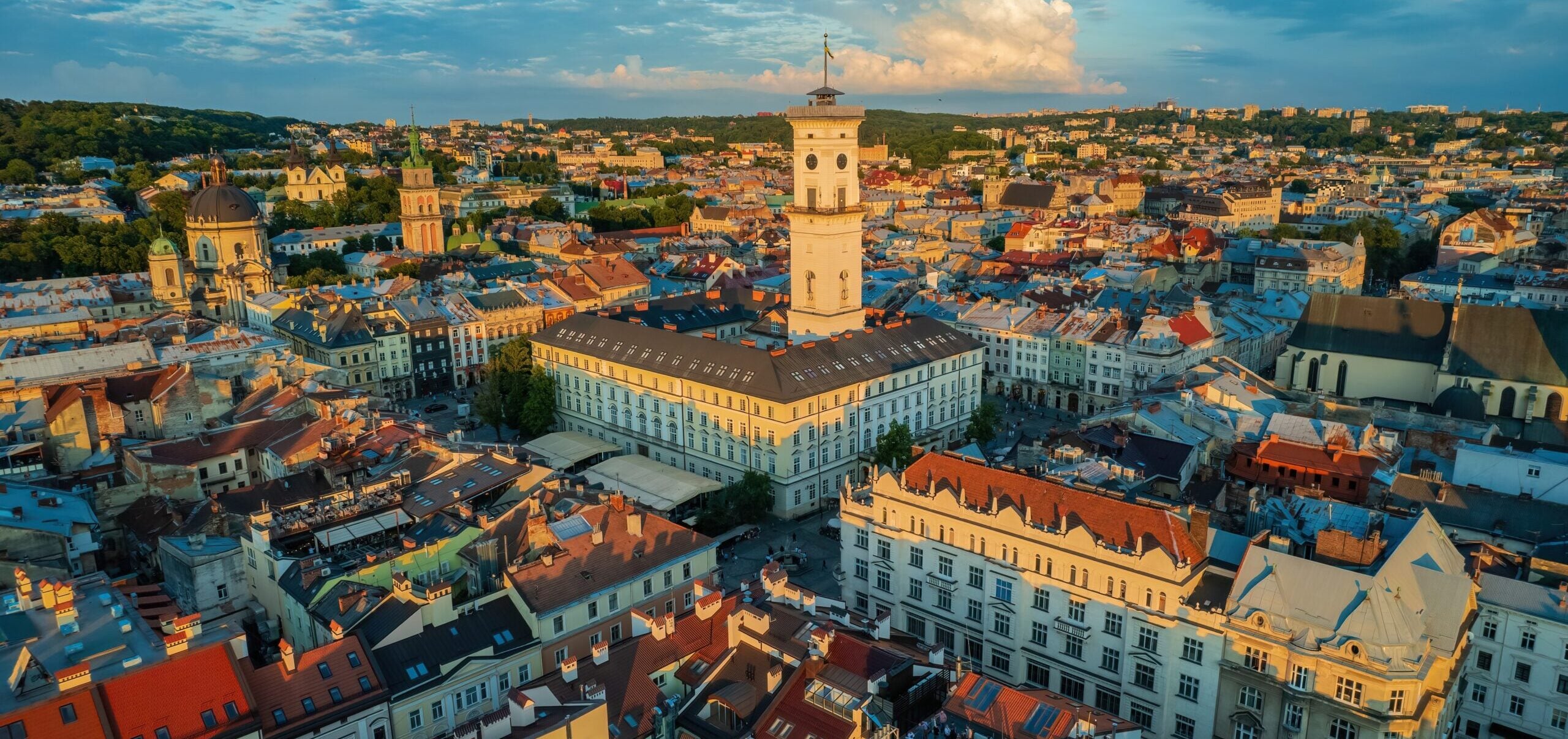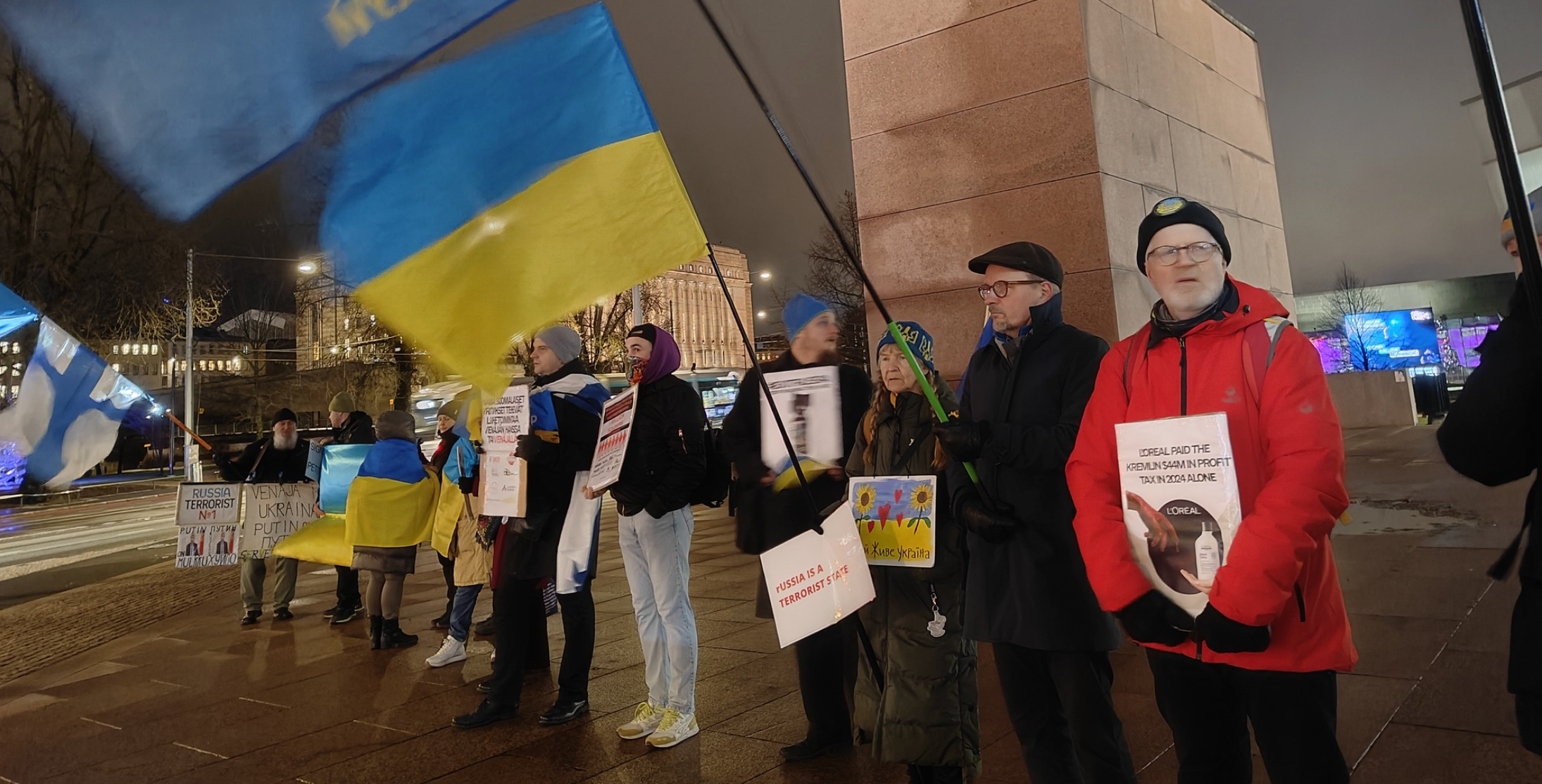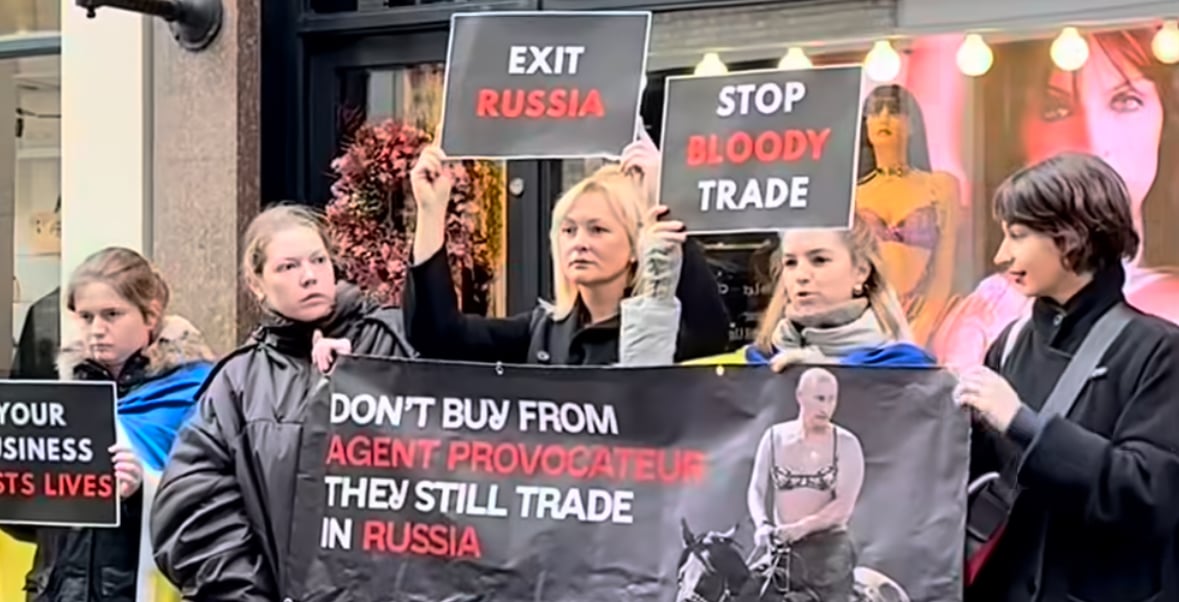

by Valentyn Badrak, director of the Center for Army, Conversion and Disarmament Studies, and co-founder of the Consortium for Defense Information
Source: Espreso
Paradoxically, the Russian drone attack on Poland has indeed opened up certain possibilities for countering Russia and its allies, both from the West and Ukraine. Much depends on the human factor, primarily how U.S. President Trump and his closest advisers perceive the situation. Equally important are the responses of European leaders, and ultimately, Ukraine’s own actions.
Could the unprecedented incident mark a turning point in the war?
Russian strike drones deliberately targeted Polish territory on the night of Sept. 10, which prompted the first NATO engagement against Russia in terms of shooting down several drones.
Suicide drones have previously entered Poland, violating its airspace, and even helicopters had flown in. It was known that Moscow had been preparing drone attacks on Poland at least since July 2025, and Polish SIM cards were found on some of the Russian drones.
However, never before had so many strike drones entered Poland at once. Immediately after the nighttime attack, Polish Prime Minister Donald Tusk told the Sejm – Poland’s legislature – that around 19 drones had entered Polish airspace, noting that some of them had come from Belarus for the first time. In addition to the drones, the Polish Interior Affairs Ministry reported that wreckage of a missile was also found on Polish soil.
The real turning point, however, is that the Polish forces were able to intercept Russian killer drones over their territory for the first time, shooting down some of them. NATO and Dutch aircraft played a key role in these interceptions. F-35A fighter jets from the Royal Netherlands Air Force worked alongside Polish F-16s, while Germany’s Patriot PAC-3 missile systems were put on alert, and an Italian Air Force Gulfstream G550 CAEW aircraft was deployed.
And yet, NATO continues to reveal weaknesses.
The first level of weakness is military: Only three to four drones were actually intercepted, according to various reports. In other words, the Kremlin achieved its main objective of demonstrating, through the example of Poland, the absolute unpreparedness of Poland’s air defense and missile defense systems, and by extension NATO, to a modern combined missile-and-drone attack. This is despite Poland being a clear leader in Alliance rearmament, spending 4.48% of its GDP on defense.
The second level of weakness is political: Poland’s military and political leadership appeared so stunned that it did not even formally label Russia as the aggressor. Meanwhile, vassal Belarus, through its first deputy defense minister, rushed to claim it had provided Poland with information on the “stray” Russian drones and spun stories about parts of the drones being “destroyed by the country’s air defense forces over its territory.” In addition, media began actively spreading the narrative that the raid involved not Shahed-type combat drones, but “Gerber” decoy drones, unarmed and therefore supposedly harmless.
Analysts have rightly pointed out that the large-scale attack on Poland occurred just before the “Zapad-2025” military exercises in Belarus, which serve as a kind of shield against a potentially negative Western response to Russia. Europe also remembers statements by another erratic Russian, Medvedev, about his desire to redraw Finland’s borders, alongside Russia’s massive troop buildup of up to 500,000 soldiers in the north, right on the doorstep of the Scandinavian countries.
A few hours later, Reuters reported, citing its own sources, that NATO refused to recognize the entry of Russian drones into Poland as an attack.
It is hard to believe this is happening in a country that POLITICO called “Europe’s new military superpower” back in November 2022.
Indeed, if Poland, building the largest land army in Europe, as The Telegraph noted in March 2023, is hitting the brakes, what does that say about the other European NATO countries? And could such a response be seen as an invitation for the bloody Moscow operative to continue “gathering territories”?
Shaping the future: how Europe walks reluctantly toward an inevitable clash with Russia
It’s not hard to see why Poland became the target. Since the early 1990s, Poland has been shaped as a key U.S. outpost. For Kremlin ruler Vladimir Putin, humiliating Poland is akin to slapping Trump himself. This comes after his high-profile meetings with the U.S. president in Alaska, followed by encounters with Chinese ruler Xi Jinping, Indian Prime Minister Narendra Modi, and North Korean dictator Kim Jong Un at the SCO summit. In Putin’s nonverbal language, he signals: “I kill thousands, destroy cities in the heart of Europe, and gain even more respect for it.”
The critical factor in this unfolding story is the reaction of Trump to any alarming event in Poland, not just words, but concrete decisions and actions. If he fails to demonstrate leadership within the Alliance, Article 5’s promise of collective defense may effectively be rendered meaningless.
Is there a shadow of China behind these events? Many analysts believe so. After China’s military parade, Xi Jinping issued a direct challenge to Washington and is likely to leverage Putin, who remains dependent on Beijing’s stance. This includes both supplies critical to fueling Russia’s war machine and the purchase of Russian energy resources. There’s also speculation regarding rare earth elements proposed by Putin as a way to appease the U.S., something Xi does not favor. It is entirely possible that Xi encouraged Putin toward an attack on Europe or a large-scale provocation designed both to intimidate and unsettle Trump. In this scenario, Putin finds himself in a delicate balancing act — choosing between deepening ties with China or reconciling with the U.S. This aligns perfectly with Xi’s strategy: support Putin just enough to keep the war going, while preventing Russia from emerging as an independent global power.
Ultimately, a strike against Europe, backed by allies, fits within Putin’s broader strategy. German Chancellor Friedrich Merz’s warning is beginning to materialize: only two days ago, he noted that Putin’s imperial ambitions will not stop at Ukraine — it all begins there.
A chance for Ukraine: how to seize it
Ukraine now has a new opportunity, or several. The heightened focus on Poland allows Kyiv to strengthen cooperation and mutual support. Ukrainian President Volodymyr Zelenskyy immediately announced Ukraine’s readiness to help Poland build a proper alert and defense system against Russian threats.
Some, like former lawmaker and current Ukrainian serviceman and civic activist Ihor Lutsenko, suggest going further. He advocates declaring readiness to deploy anti-drone units to Poland and provide other support in establishing counter-drone defenses. He also proposes offering Polish soldiers training in Ukraine on neutralizing Shahed drones.
Poland’s importance cannot be overstated — politically, militarily, or as part of subregional alliances such as a potential UK-Poland-Ukraine coalition, possibly including the Baltic states. Cooperation with Poland could scale missile and drone capabilities, complementing efforts already underway in the Ukrainian-British tech hub. Poland also serves as a critical hub for Western weapons shipments to Ukraine. Its status as a major purchaser of U.S. arms means it possesses Patriot missiles and HIMARS munitions, including ATACMS ballistic missiles, a vital resource for joint survival and defense.
Cover: Shutterstock
